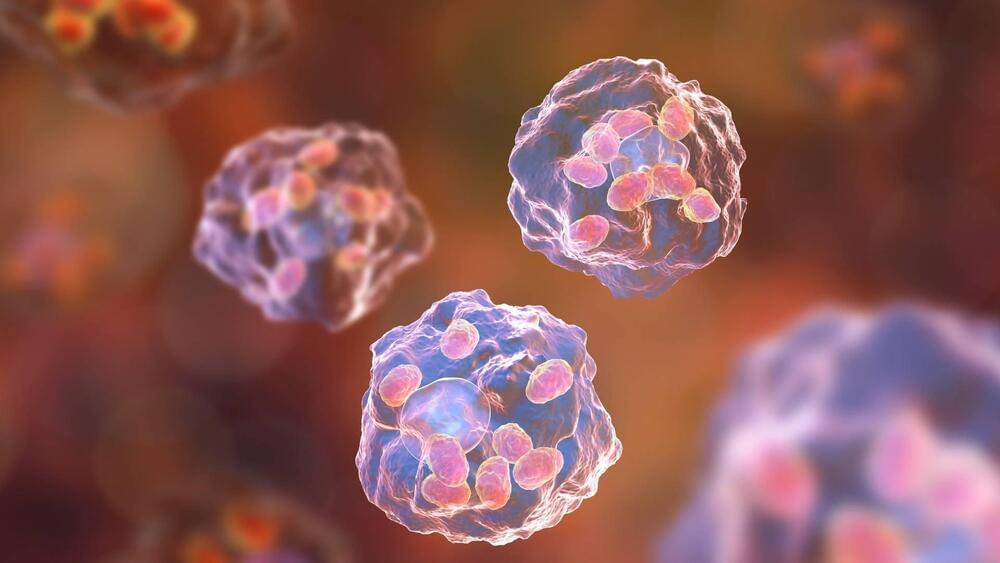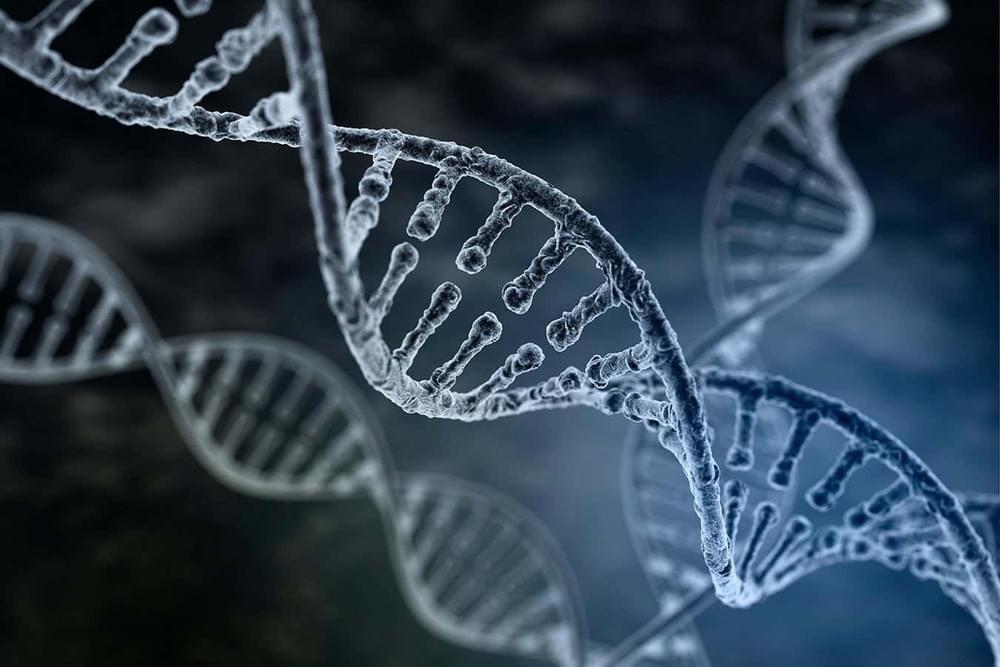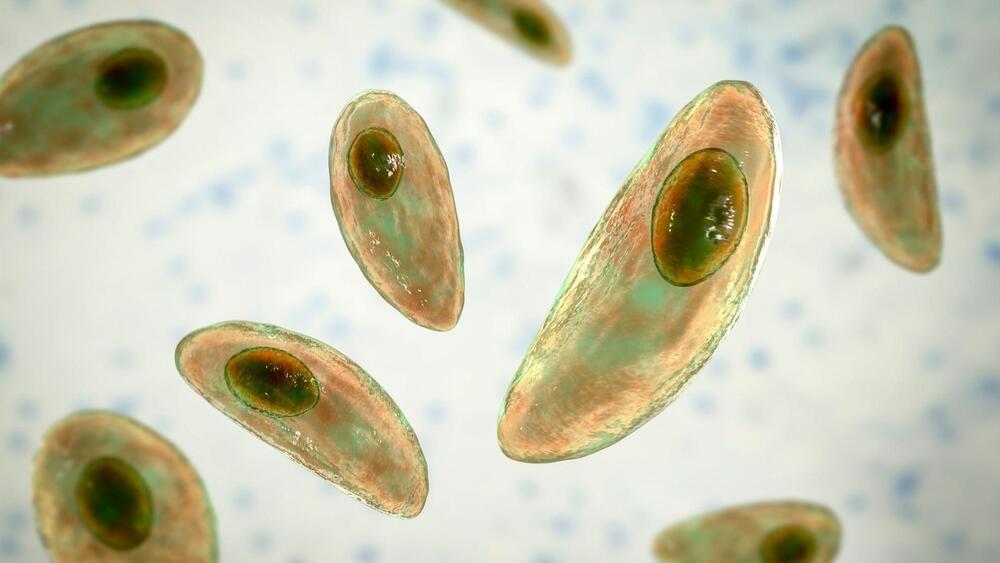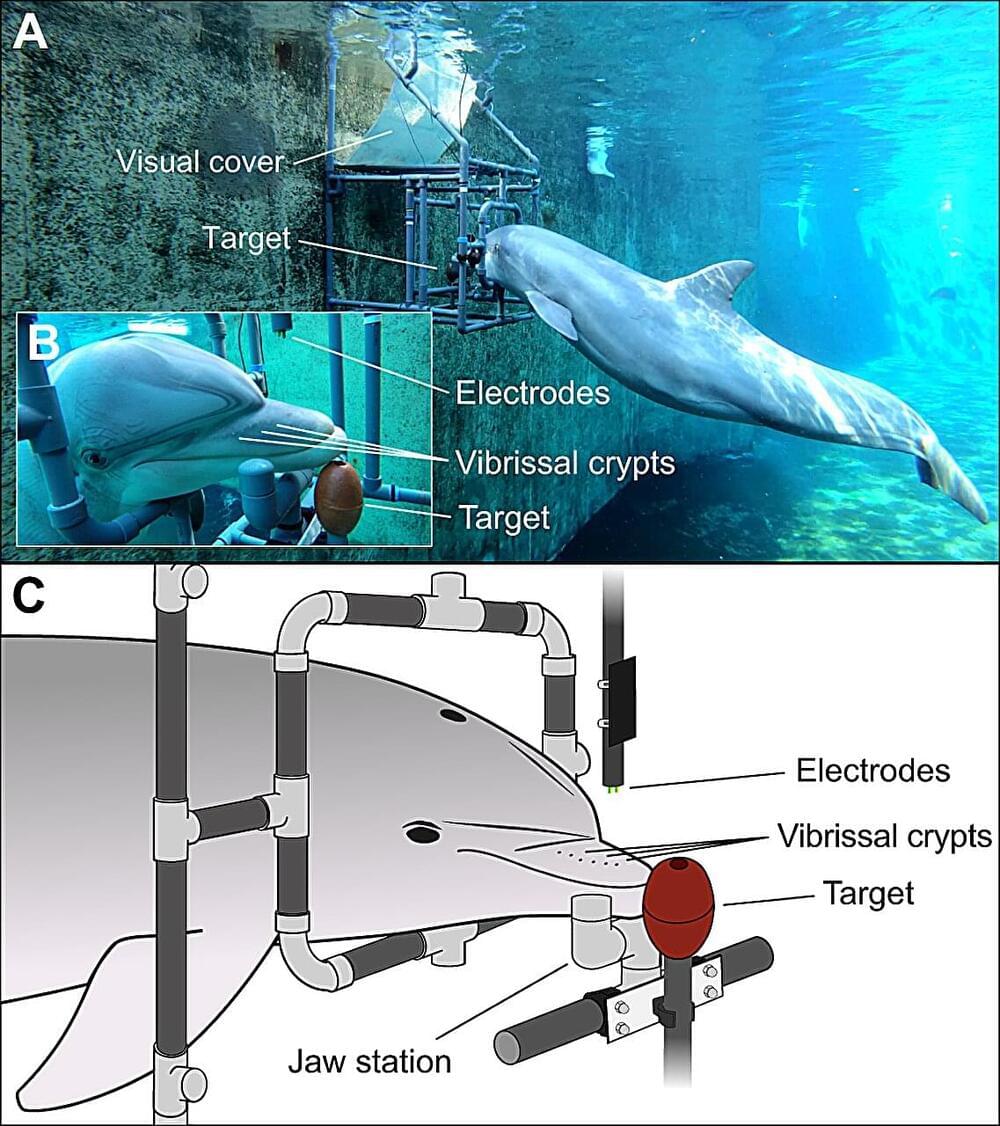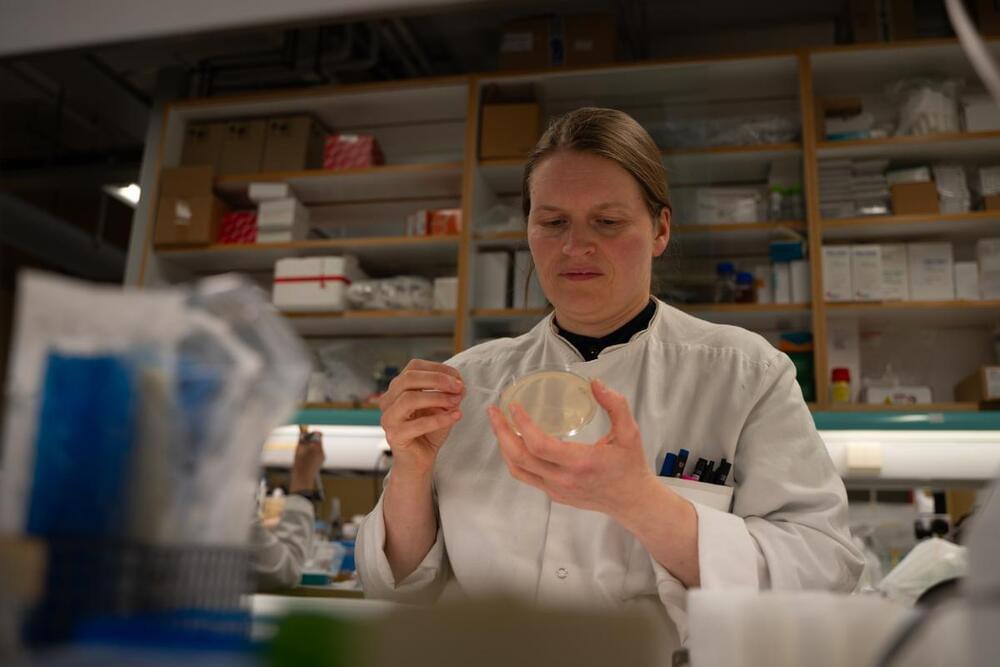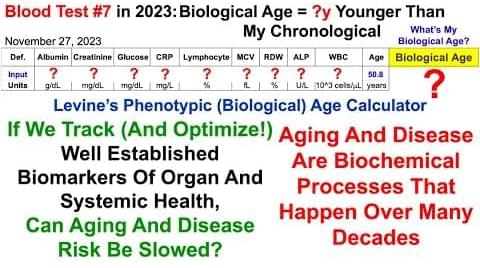Dec 4, 2023
Improving Therapeutic Vaccination against Hepatitis B—Insights from Preclinical Models of Immune Therapy against Persistent Hepatitis B Virus Infection
Posted by Shubham Ghosh Roy in category: biotech/medical
Chronic hepatitis B affects more than 250 million individuals worldwide, putting them at risk of developing liver cirrhosis and liver cancer. While antiviral immune responses are key to eliminating hepatitis B virus (HBV) infections, insufficient antiviral immunity characterized by failure to eliminate HBV-infected hepatocytes is associated with chronic hepatitis B. Prophylactic vaccination against hepatitis B successfully established protective immunity against infection with the hepatitis B virus and has been instrumental in controlling hepatitis B. However, prophylactic vaccination schemes have not been successful in mounting protective immunity to eliminate HBV infections in patients with chronic hepatitis B.

